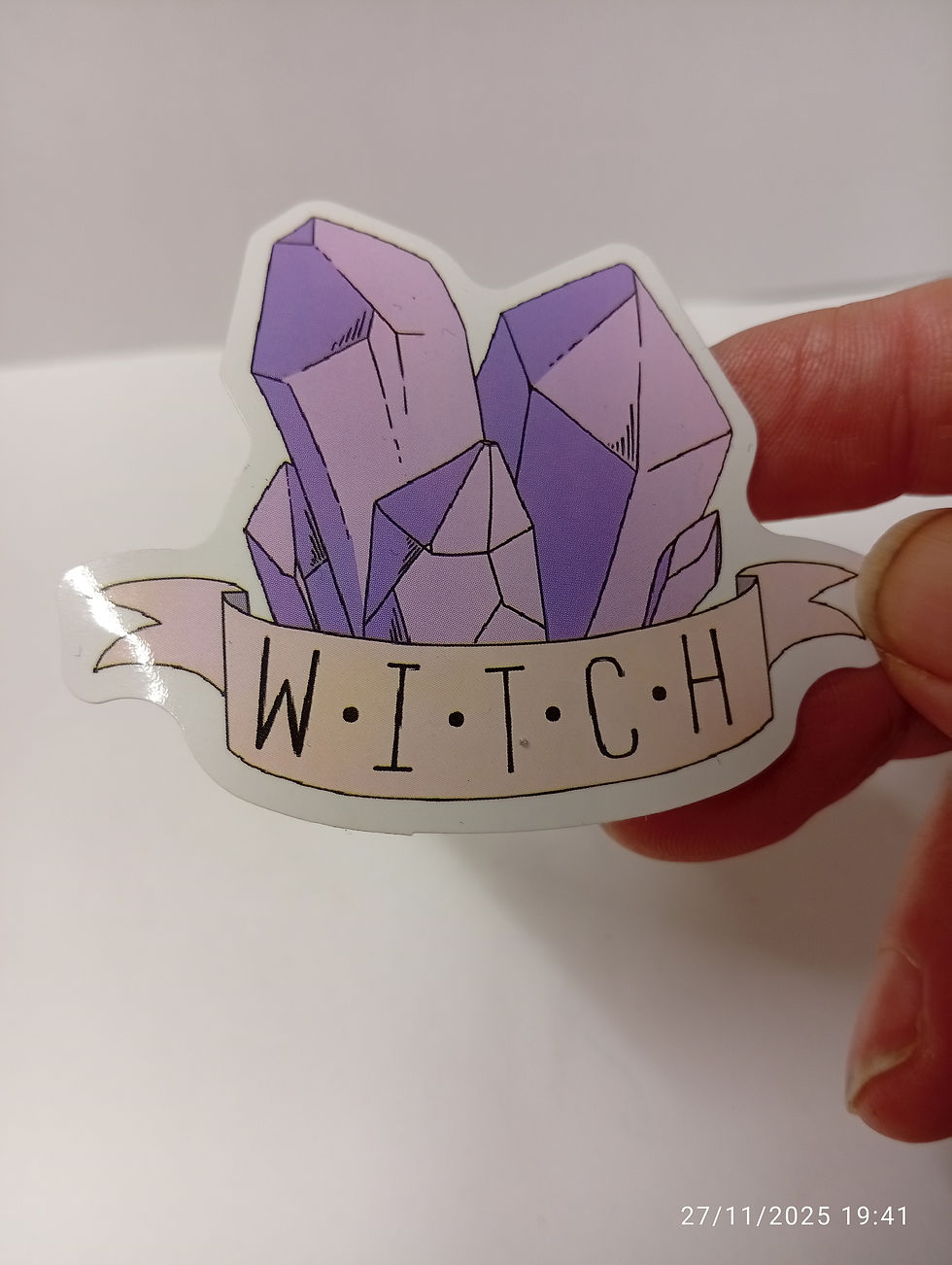Famous Scottish Crystal Hunting Locations: Burn Anne
- Katriona MacMillan

- Jun 25, 2023
- 4 min read
Updated: Jul 8, 2023

The Scottish landscape contains a plethora of unique precious stones. This series will look at famous mineral locations in Scotland. It is only right that Burn Anne goes first.
By now, our visitors know that Scotland has some gorgeous scenery and even prettier rocks. Here at The Stone Circle we receive daily questions on where and how to hunt for crystals in the UK. Although we don’t like to give out our personal locations, what we can do is introduce you to the best known locations to start you off.
So here is your very first Stone Circle Location blog!
Where is Burn Anne?
Burn Anne has a popular walk, around 6.5 miles, which runs from the northwest of Galston, East Ayrshire, into the River Irvine. If you plan to do any digging, you will need permission. Deposits are becoming scarcer here due to its popularity.
What Scottish Minerals do you Find in Burn Anne?
Historically famous as a source of epic agate, the source is said to be deep underground. There are fantastic moss and banded agates here, as well as stunning red and yellow plumes. It’s not just agate, either. Wherever you get these old lava beds in Scotland, you have a chance of finding jasper, quartz, and plain chalcedony. You will also find significant quantities of iron stone. As a guess, we’d hazard that the presence of the ironstone has something to do with the supreme reds, yellows, and other sunset colours, of Burn Anne agate.
What makes Burn Anne Agate Special?
The reason crystal hunters in Scotland head to Burn Anne to look for agate has to do with the complexity of the patterns within the rock. They can be plumed, striped, different shades of pink, and genuinely look like a sunset. You might find the greys and whites found in the rest of Ayrshire here, but nothing like what this place holds.
Queen Victoria was the royal who first popularised pebble jewellery from Scotland, with a particular passion for Burn Anne and Ayrshire stones. She visited Scotland often to indulge herself in a little rock hunt of her own here and there. Rumour had it that she had one of the best collections of agates in the world. She housed these in Balmoral Castle, although we could not track down what has happened to them since.
Do you need Permission to Collect from Burn Anne?
Yes, particularly if you plan on doing any digging. You should always seek permission from the landowner to hunt for crystals on their land. Any collecting here has to go through the farmer who owns the land, a very approachable man.
Tips for Finding Scottish Agates?
The best tip we can give you is to follow us on TikTok and watch the playlist about finding Scottish agates. We explain tell-tale signs and what to look for in that series.
Tips for Seeking Permission
Seeking permissions builds better relationships between crystal collectors and land owners. Demonstrating your ability to remove rubbish while you are there, be mindful of flora and fauna, respectful of the environment and the habitats you are disturbing, and show yourself as a thoughtful collector, you will easily get invited back. A bunch of flowers or box of chocolates doesn’t go amiss either, should you find something good.
Be careful out there. You are representing the whole hobby.
Further Information on Scottish Agates:
· The Agates of Scotland pages have great tips on Burn Anne agate.
· Read more about these special agates on the Mindat site.
· View Gibbs of Galston, who have a great description of where the walk runs.
· Rock Hunting in Scotland on the TSC Blog
· Scottish Agates in The Stone Circle Shop.
History of Agate Hunting Doon’ the Burn
If you are lost in confusion about the word ‘burn’, it means ‘a small stream’ in Scots. The history of agate hunting in this area goes way back. Perhaps the most famous collector was Professor Matthew Forster Heddle, whose collection in the mid-19th century numbered 7,000 plus samples. So astonishing was the collection (which includes Burn Anne specimens) that he gatherer over one third of all known minerals at the time. Rachel Walcott writing for the Edinburgh Geological Society can shed light on his knowledge. So we know collections were taking place during the industrial revolution.
We know that there are Victorian brooches on antiques sites at the time of writing which feature Burn Anne agate, and which is selling for a hefty sum. It is the antiquity that sells mind, the agate locations are only valuable to old school collectors.
The area was dug out by the coal miners of the late 19th and early 20th centuries. Since 1999, a few well-known Scottish mineral hunters have been onsite with permission to dig. If you’re not one of them, please don’t show up with a spade.
Enjoyed the article? Buy Me a Coffee to support a starving artist.

$50
Product Title
Product Details goes here with the simple product description and more information can be seen by clicking the see more button. Product Details goes here with the simple product description and more information can be seen by clicking the see more button

$50
Product Title
Product Details goes here with the simple product description and more information can be seen by clicking the see more button. Product Details goes here with the simple product description and more information can be seen by clicking the see more button.

$50
Product Title
Product Details goes here with the simple product description and more information can be seen by clicking the see more button. Product Details goes here with the simple product description and more information can be seen by clicking the see more button.




















Comments